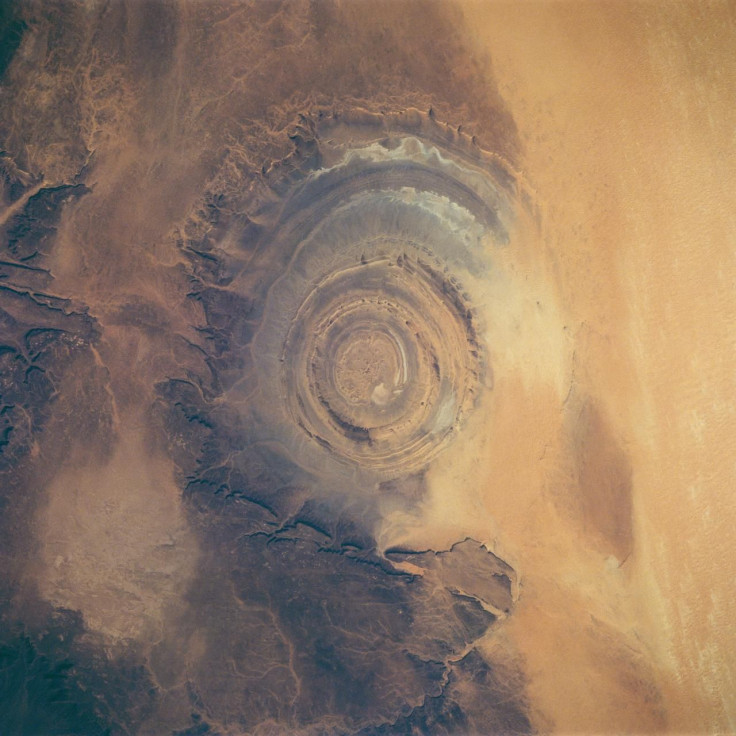NASA Astronaut Snaps Stunning Earth Photos From Space

Luca Parmitano, an astronaut from the European Space Agency (ESA), shared beautiful photos of Earth he took while aboard NASA’s International Space Station (ISS). One of the photos NASA shared shows the Richat Structure in northwestern Mauritania, which is also known as the Eye of the Sahara.
Parmitano first joined the ISS for its Expedition 36/37 in 2013. Five years later, he returned to the orbiting station to serve as the flight engineer for Expedition 60. Currently, Parmitano is serving as the commander of ISS’ Expedition 61.
While aboard the station, Parmitano took photos of Earth from space. According to NASA, the photos taken by the astronaut were captured from 250 miles above the planet. The photos taken by Parmitano were shared by NASA through its Twitter account.
The photos show various stunning images of Earth’s landscapes such as vast deserts and snow-covered mountain ridges. Parmitano was also able to capture natural underwater formations beneath crystal-clear waters.
Cue a jaw-drop! 😮 Behold, our beautiful planet Earth in all its natural splendor, captured from 250 miles above by @ESA astronaut @Astro_Luca who is currently living & working on the @Space_Station. View more photos taken from the vantage point of space: https://t.co/BIJQ06Vlar pic.twitter.com/L3Rp7kCkPh
— NASA (@NASA) November 3, 2019
Aside from the photos taken by the ESA astronaut, NASA also shared other beautiful images that were taken from low-Earth orbit. One of these features the Richat Structure, which some believe could be the ruins of the legendary city of Atlantis.
According to NASA, the strange formation of the structure, which has been referred to as the Eye of the Sahara due to its shape, was caused by natural erosions.
“Known as the ‘Eye of the Sahara,’ the Richat Structure in northwestern Mauritania is a circular geologic feature thought to be caused by an uplifted dome—geologists would classify it as a domed anticline—that has been eroded to expose the originally flat rock layers,” NASA explained in its Flickr album.
An astronaut aboard the ISS was also able to photograph the stunning mountain lake in Kyrgyzstan. According to the agency, the station was about 252 miles over the region when the photo was taken.
“Issyk-Kul Lake in the central Asian nation of Kyrgyzstan is surrounded by the snow-capped Tian Shen mountains,” NASA said in a statement. “It is the second-largest mountain lake in the world behind Lake Titicaca in South America.”
© Copyright IBTimes 2025. All rights reserved.





















